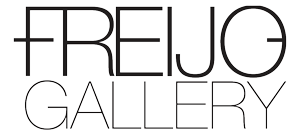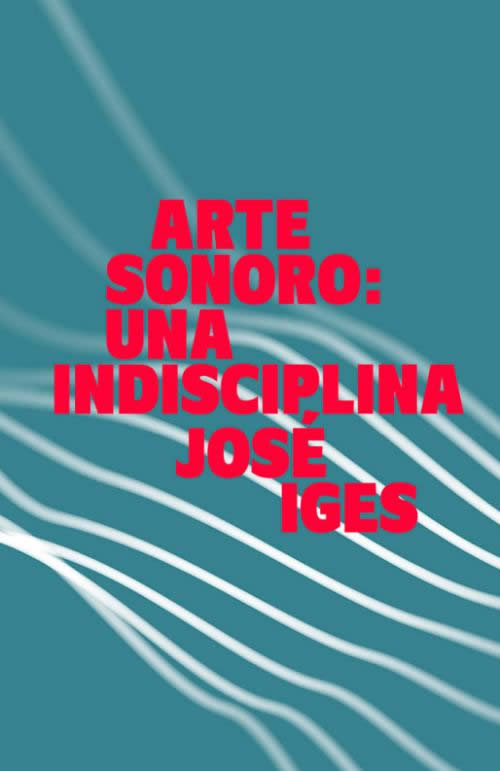Review of the book "Arte sonoro: una indisciplina" by José Iges by Italian sound poet Enzo Minarelli
May 6, 2023
A very disciplined undiscipline
The author (José Iges) is the classic right man in the right place, he directed the Ars Sonora programme with Francisco Felipe for Radio Nacional Dos of Spain from 1985 until 2008, and it was in this guise that I first met him when in 1992 he commissioned me a work to broadcast in the Ciudades Invisibles programme (dedicated to Italo Calvino), a poem that I premiered in the building of the local Italian Cultural Institute in Madrid. He is not only an inveterate populariser but also an established artist, signing works of Sound Art in duo with Concha Jerez or as a soloist. All this to reiterate that he has seen Sound Art, “Arte Sonoro” in Spanish, grow. It is true that the term had already been hovering in the air since the 1960s, I am thinking of Cage or Pierre Schaeffer, but it is equally true that it was only the crucial transition between the analogue and digital eras, let's say roughly in the 1980s, that sanctioned its indisputable affirmation.
The book in question, which is very substantial, over 300 pages packed with names, works and above all acute reflections, covers a very broad period, from the second half of the last century to the present day. It is written with grace, with an appreciable sense of self-mockery that allows him to proceed page after page, taking the reader by the hand, even those unfamiliar with the subject, subjecting him to doubts and certainties, sometimes a barrage of questions, sometimes without providing an answer because the author expects the reader himself to provide one. The first reason that prompts him to write it is entirely legitimate: he believes, and I with him, that all the experiences he counts under the broad umbrella of Sound Art (concrete music, electronics, sound poetry, audio art, sound art, etc.) are destined to disappear, so to prevent them from falling into oblivion, he has decided to write them down once and for all. This fear is motivated by the fact that we are dealing with an aleatory, impalpable, 'porous' subject, to use an adjective picked up while reading, therefore elusive, something we can only listen to, never touch, or see except by means of a spectrograph. Unlike art, which after Duchamp evolved into conceptual art, setting aside the retinal aspect, in Sound Art, we have never detached ourselves from the cochlear system, without which we cannot access the miracle of listening.
Sound Art is to be understood as a type of research detached from the musical sphere, 'ontologically independent of music', Javier Maderuelo has rightly ruled, where the difference between the various genres is almost if not completely zeroed out. One could argue at length about the use of the terminology adopted because there are those who reject the aforementioned definition, ça va sans dire that even minimal use of sonorities, non-musical of course, is enough to fall under that label. This reluctance reminds me of those, fortunately few, who while opposing my Polypoetry in fact not only practise it, perhaps without realising it, but above all take part in festivals or events openly inspired by that theory.
Sound art, and with it Sound Poetry, or Polypoetry itself, openly rely on the side of 'auralidad', this is its irreplaceable essence, the so-called prime mover on which everything depends. So why, resorting to a tongue-twister question, does Sound Art rediscover itself to be more undisciplined than interdisciplinary? I say at once that the undisciplined trait does not refer to the artist or poet at all, because if there is one characteristic common to their works, it is rigorousness, where everything has to fit together perfectly, see what I call the pattern of execution. The undiscipline lurks in the lack of both critical and scholastic references, in the socio-political background, in certain cultural hegemonies that divide current production into central and peripheral. In fact, when lacking the presence of the institutions, what happens is that the artist turns into a commissioner with deleterious results far beyond the nefarious binomial centre-periphery. If the premise is "to reduce the distance between representation and reality" (Felipe Lagos Rojas), the author relies on the teachings of three greats, the aforementioned Cage and Schaeffer plus Raymond Murray Schafer, as supreme guides to organise the almost infinite multiplicity of sounds perceived by physical reality without neglecting the contributions of sound poets.
José Iges, Sound Art: An Undiscipline, Mexico City, Exit, 2022.
18 April 2023

